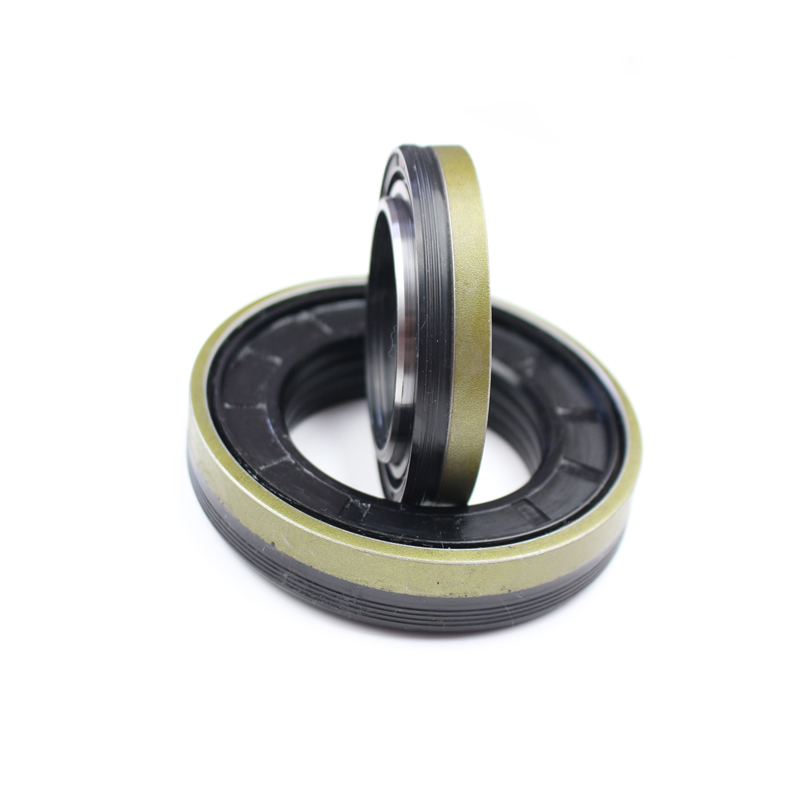Understanding the Function and Importance of Transmission Piston Seals in Vehicles
Understanding Transmission Piston Seals A Key Component in Vehicle Performance
In the realm of automotive engineering, the intricate systems that power vehicles rely on various components designed for efficiency and longevity. Among these components, transmission piston seals play a crucial role in ensuring the smooth operation of automatic and manual transmissions. This article delves into the importance, functionality, types, and maintenance of transmission piston seals, highlighting their significance in vehicle performance.
What Are Transmission Piston Seals?
Transmission piston seals are specialized sealing devices located within the transmission system of a vehicle. They are used to prevent transmission fluid from leaking out of the hydraulic pistons that control various functions in the transmission. Properly functioning piston seals ensure that the hydraulic pressure necessary for gear shifts and overall transmission operation is maintained.
These seals are typically made from materials like rubber, polyurethane, or PTFE (Teflon), which provide excellent resistance to wear, pressure, and temperature changes found within the transmission system. However, over time, wear and tear can compromise their functionality, leading to leaks and inefficient transmission performance.
The Importance of Piston Seals
1. Fluid Retention One of the primary functions of piston seals is to create a tight seal that keeps transmission fluid contained within the system. This fluid is essential for lubricating moving parts, transferring power, and maintaining hydraulic pressure.
2. Heat Management Transmissions generate significant heat during operation. Piston seals help manage this heat, preventing the fluid from overheating and ensuring that the transmission operates within the optimal temperature range.
3. Performance Efficiency Well-maintained piston seals contribute to the overall efficiency of the transmission. Leaky seals can lead to a loss of hydraulic pressure, resulting in delayed or harsh shifts, reduced acceleration, and ultimately, impaired vehicle performance.
4. Preventing Contaminant Ingress Piston seals help protect the internal components of the transmission by preventing dirt, dust, and other contaminants from entering the system. This protective role is crucial for maintaining the longevity of the transmission.
Types of Transmission Piston Seals
Transmission piston seals come in several types, each designed for specific functions within the transmission system. The most common include
- O-Ring Seals These circular seals are known for their versatility and are used in various applications, including transmissions, to create a tight seal against leakage.
- Lip Seals Featuring a lip that presses against the cylinder wall, lip seals are effective in preventing oil and fluid leaks while providing a good resistance to wear.
- Flat Seals These seals, usually made of materials such as rubber or fiber, are used in applications where a flat sealing surface is required.
transmission piston seal

- U-Seals These seals resemble the letter U and provide robust sealing capabilities, often used in high-pressure situations.
Signs of Piston Seal Failure
Recognizing the signs of failing transmission piston seals is critical for maintaining vehicle performance. Some common indicators include
- Transmission Fluid Leaks Puddles of red or brown fluid under the vehicle often indicate a leak in the transmission system, potentially caused by damaged piston seals
.- Slipping Gears If the transmission slips out of gear or hesitates during shifts, it may suggest insufficient hydraulic pressure due to seal degradation.
- Delayed Shifting Experiencing delays or a hard shift between gears can also indicate that the piston seals are not maintaining proper hydraulic pressure.
- Overheating If the transmission is overheating, it could be a result of insufficient fluid levels due to leaks stemming from faulty seals.
Maintenance and Replacement
Regular maintenance of the transmission system is vital for prolonging the lifespan of piston seals. Here are some tips
- Regular Fluid Checks Monitor the transmission fluid level and quality. Change the fluid as recommended in the vehicle’s maintenance schedule.
- Inspect for Leaks During routine inspections, check for signs of leaks around the transmission area.
- Professional Evaluation If you notice any unusual symptoms, consult with a qualified mechanic for a thorough evaluation of the transmission system, including the piston seals.
Replacing worn or damaged piston seals can prevent more extensive transmission issues and costs in the long run. It’s advisable to use high-quality replacement seals that meet or exceed OEM specifications.
Conclusion
Transmission piston seals are integral to the functionality and performance of a vehicle's transmission system. Understanding their purpose, recognizing failure signs, and adhering to proper maintenance can help ensure your vehicle operates smoothly. By paying attention to these crucial components, you can enhance your vehicle's lifespan and performance, ultimately leading to a safer and more efficient driving experience.
-
Understanding the Front Main Engine Seal: Purpose, Maintenance, and Installation
News Jul.29,2025
-
Understanding O-Rings and Seal Rings: Types, Applications, and Custom Solutions
News Jul.29,2025
-
Understanding Crankshaft Oil Seals: Rear Seals, Pulley Seals, and Their Role in Engine Integrity
News Jul.29,2025
-
The Importance of Front and Rear Crankshaft Seals in Engine Performance and Oil Management
News Jul.29,2025
-
Crank Oil Seals: Functions, Types, and Cost Considerations in Engine Maintenance
News Jul.29,2025
-
A Comprehensive Guide to O-Rings and Seals: Types, Materials, and Global Applications
News Jul.29,2025
-
Mastering Diesel and Performance Engine Maintenance: A Guide to Critical Oil Gaskets
News Jul.28,2025
Products categories















